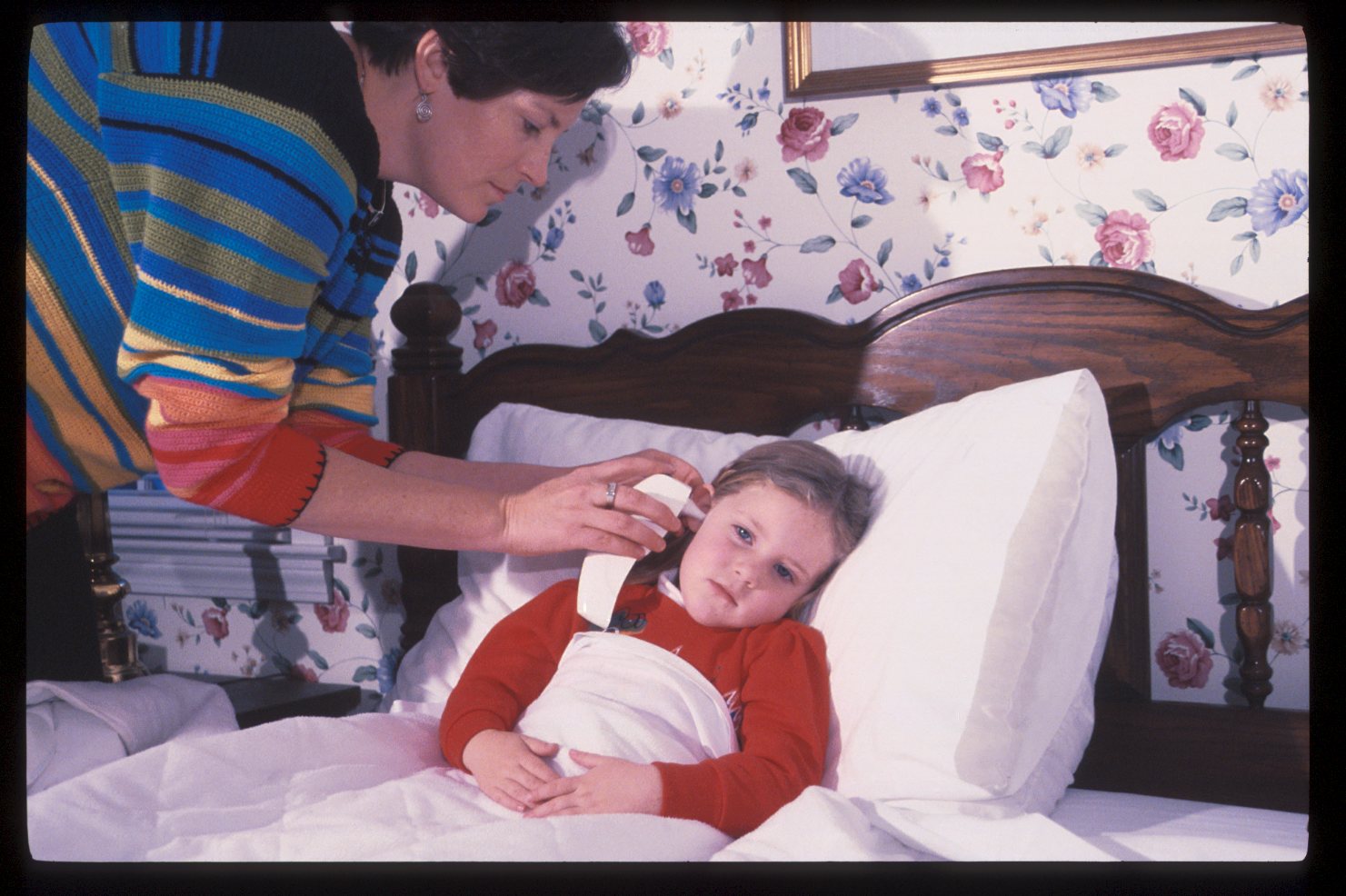

Physics 101
from Jones & Childers, Contemporary College Physics, 3rd ed., 2001
Although the Celsius scale is becoming increasingly common in the United States, most people in the United States still think in terms of Fahrenheit temperatures when deciding what to wear outside. Have you ever wondered why the freezing temperature is 32”F? Why not 0” or 100”? What's so special about the numbers in 32”F, 212”F, or even 98.6”F?
At the beginning of the eighteenth century, the Danish astronomer Ole Roemer (famous for making the first measurements that showed that the velocity of light is finite) devised a temperature scale of his own for use with the alcohol-in-glass thermometers that he constructed. His thermometers attracted the attention of Gabriel Fahrenheit (1686-1736), a manufacturer of meteorological instruments in the Netherlands. In 1708 Fahrenheit traveled to Copenhagen to meet Roemer and see his thermometers, which were based on two reference points. For one reference Roemer used a mixture of ice, water, and salt to reach the lowest temperatures then attainable in the laboratory, which he called zero. His other reference was the boiling point of water, which he arbitrarily designated as 60 degrees.
Fahrenheit returned home to make thermometers like Roemer's. In 1714 he overcame technical difficulties with alcohol thermometers by substituting mercury as the expanding liquid. The use of mercury extended the range of temperature measurements from well below Roemer's zero to well above the boiling point of water. Furthermore, mercury expanded and contracted more uniformly than the other liquids then in use. As a result, Fahrenheit could mark his mercury thermometers more accurately and with finer divisions.
By 1724 Fahrenheit had adopted a new scale, similar to Roemer's but with much finer divisions. For the zero point he chose the same reference as Roemer. However, since his thermometer was intended for meteorological observations, he wanted a second reference point that would be nearer the maximum observed temperature for weather. He chose the normal temperature of the human body as the upper reference point, which he called 96”. Fahrenheit gave no reason for his choice of 96, but it may have been due to his desire for a finer scale and because 96 is evenly divisible by 2, 3, 4, 8, and 12.
Why didn't Fahrenheit choose the freezing point of water for his zero reference, as Newton had done before him and as Celsius did later on? Perhaps Fahrenheit was influenced by Roemer, or he may have wanted to avoid the inconvenience of repeatedly using negative temperatures during winter. Also, in the early 1700s it was widely believed that water did not always freeze at the same temperature. Soon, using his newly calibrated thermometers, Fahrenheit learned that water always froze at 32” on his scale. He immediately added this third reference point to his instruments.
A report of FahrenheitÕs thermometers was published in the Philosophical Transactions in 1724. Almost at once his scale was adopted in Great Britain and the Netherlands and gained wide acceptance throughout the English-speaking countries.
The Fahrenheit scale in use today differs slightly from the original. The two fixed points are the ice point, assigned a value of 32”F, and the steam point, assigned a value of 212”F. On this scale the normal human body temperature is 98.6”F, slightly higher than the 96” originally chosen by Fahrenheit.
Today the Celsius scale and the Kelvin scale have replaced the Fahrenheit scale for scientific work. Also, the range of temperatures that can now be measured has been extended by many orders of magnitude since FahrenheitÕs time. Modern thermometry uses many different physical properties to indicate temperatures, spanning a range from the extreme lows near 10-6 K to the surface temperature of the stars at about 104 K. The choice of thermometer depends on the temperature to be measured. For example, infrared pyrometers, which use the infrared radiation from hot matter to measure temperature, can measure temperatures ranging from Š30”C to 3000”C. Steelworkers use pyrometers to find the temperature of molten steel. Parents quickly take their babyÕs temperature with special pyrometers that sense the radiation generated by the childÕs eardrum and surrounding temperature (Fig. 1).

Figure 1 A radiation thermometer (pyrometer) uses infrared radiation to accurately measure a child's temperature in just one second.